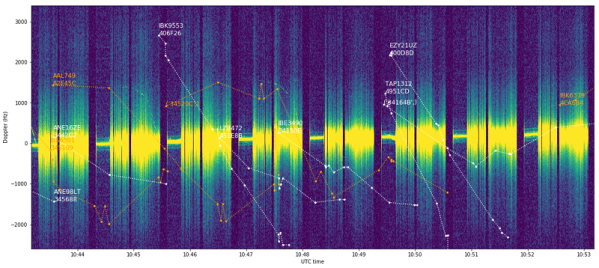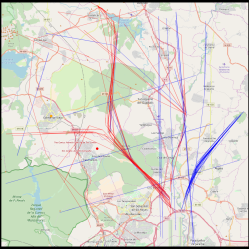Owing to the wave nature of light there are many ways that such different waves can interact with each other, but also with materials. Everyone knows about reflecting light with a mirror, which is a property of materials like metals, but specific structures can cause the light to behave in a way that creates rather amazing results.
Examples of this are cases of iridescence in nature (like butterfly wings) and eye color, where the perceived colors are the result of environmental light interacting with these structures rather than pigmentation or dyes. An even more interesting interaction has now been demonstrated by reflecting multiple microwave radiation beams off each other, creating a time reflection.
The study by [Emanuele Galiffi] et al. (shared copy) was published in Nature Physics. By creating a metamaterial that allows for temporal coherent wave control (CWC) the electromagnetic radiation was controlled to where it allowed for this kind of unusual interaction. The key here being that there is no major constructive or destructive interaction between the two waves as with spatial CWC, rather the wave reflect off each other, or more specifically the time interface.
Although the popular reporting talks about ‘turning back time’ and ‘watching the back of your own head in a mirror’, the impact is far less dramatic: in the article conclusion the researchers mention unveiling new light-matter interactions in the microwave- and other parts of the spectrum, as well as new ways to control and shape light.
Top image: Temporal coherent wave control and photonic collisions enabled by time-interfaces. (Credit: Emanuele Galiffi et al., Nature Physics, 2023)













